Product Description
A Natural Vitamin E Supplement for Horses
What is Elevate® Maintenance Pellets
Elevate® Maintenance Pellets is powerful, research-proven source of natural vitamin E for horses. It is highly bioavailable because it is easily absorbed and used by the body’s tissues. This helps the tissue’s cells fight oxidative stress, which limits cell damage. The end result is maintaining healthy muscle, nerve, and reproductive functions and supporting a strong immune response.
Studies have shown that Elevate’s natural vitamin E (d-alpha tocopheryl acetate) is preferentially absorbed as compared to synthetic vitamin E (dl-alpha tocopheryl acetate). Additionally, Elevate Maintenance Pellets is helpful for horses needing a low-sugar option.
Signs of vitamin E deficiency in horses
- Stiff before exercise and sore after
- Poorly developed topline
- Evidence of muscle weakness/wasting
- Lack of energy or sour attitude
- Neurological issues, impaired balance or coordination
- Weak immune response
Why Vitamin E Supplementation for Horses is Needed
Vitamin E is classed as an “essential nutrient” because horses can’t synthesize the nutrient themselves. Therefore, they must obtain it entirely from their diet, and they cannot function normally without it. The best source of vitamin E is fresh green grass, but a horse’s vitamin E levels can drop when he is on winter pasture or if his stabling or competition routine means he doesn’t have continual access to good pasture. This is why many horses’ diets need vitamin E supplementation. Vitamin E is a powerful antioxidant that helps reduce effects of the oxidative stress that can damage muscles, nerves, and immune response.
Size Information
- 3 lb (1.36 kg) Supplies 108 scoops; 1 scoop = 1,000 IU of vitamin E
- 8 lb (3.62 kg) Supplies 289 scoops; 1 scoop = 1,000 IU of vitamin E
Recommended For
Because of vitamin E’s influence on nearly all body processes, horses of all ages can benefit from supplementation, particularly if they do not have regular access to fresh pasture.
Horses Needing to Maintain Vitamin E Levels or Those with Restricted Grazing
Vitamin E supplementation is essential for horses that are not able to graze. The vitamin E content of dried forages such as hay is severely diminished, with forages often losing 75% or more of their vitamin content upon harvesting and storing. Therefore, supplementation with vitamin E is most crucial during the winter when horses are fed diets almost exclusively composed of preserved forages. Inadequate fortification of textured feeds or the feeding of straight grains (oats, for example) may also contribute to vitamin E deprivation.
Supplementation may be indicated year-round for racehorses and show horses confined to stalls or those that are restricted from grazing for metabolic reasons.
Performance Horses
Vitamin E is an essential component to body-wide antioxidant defenses, with one of its most important duties being cell membrane maintenance. Cell membranes are composed largely of unsaturated lipids and are therefore vulnerable to assault by free radicals, compounds that can irreparably damage cell membranes.
As athletic effort increases, free radical production flourishes and natural stores of antioxidants have difficulty providing sufficient protection against the flood of free radicals generated. Therefore, supplementation is necessary to help ward off the ill effects of mass-produced free radicals associated with intense exercise. Horses with an inadequate reserve of vitamin E may experience muscle soreness or stiffness during an exercise bout and prolonged recovery following strenuous work.
Broodmares and Foals
Recent research has lauded the use of vitamin E on breeding farms. Mares supplemented with vitamin E have shown increased passive transfer of antibodies to foals, which ensures the strength of the neonatal immune system. Failure of passive transfer leaves foals susceptible to septicemia and bacterial infections. In a study conducted at the University of Connecticut, researchers found that mares supplemented with vitamin E had higher antibody concentrations in blood and colostrums than control mares. The concentrations of foals reflected those of their dams, with foals from supplemented mares having increased levels of antibodies. In addition, in some areas of the United States vitamin E is customarily given to all newborn foals to stave off white muscle disease, a serious malady caused by deficiencies of vitamin E and/or selenium.
There is also increasing evidence that vitamin E supplementation may increase fertility in mares. Due to modern management practices, including winter breeding dates, mares may not be receiving adequate vitamin E nutrition through rations composed solely of hay and grain. Supplementation will increase circulating levels of vitamin E and may positively affect fertility.
Stallions
Vitamin E has been linked with increased libido and semen quality in stallions. One of the most important functions of vitamin E in stallions is cell membrane protection, achieved by scavenging free radicals. Chilling, freezing, and shipping semen increase free radical production.
Horses with Neurological and Muscular Disease
Over the past several years, researchers have been studying the effectiveness of megadoses of vitamin E in the prevention and treatment of neurological diseases such as equine degenerative myeloencephalopathy (EDM), equine motor neuron disease (EMND), and equine protozoal myeloencephalitis (EPM).
EDM is a progressive disease of the brain stem and spinal cord. The disease occurs principally in young horses, and the primary sign is progressive ataxia or incoordination. Researchers have determined that EDM is not a congenital disease, though a horse may have a genetic predisposition to it.
Scientists linked vitamin E deficiency with EDM more than a decade ago. Of particular interest is research conducted at the University of Florida, where scientists worked with the EDM-affected get of two Standardbred stallions. The mares bred to these stallions and the resulting foals were given 1,500 IU of vitamin E per day. A year after supplementation began, only 10% of the foals were affected. Further offspring of the stallion were not diseased.
Cornell University first identified EMND. Although the cause of the syndrome is unknown, a commonality among affected horses is reduced exposure to green grass for more than a year and availability of poor-quality hay during that time. Dramatic clinical improvement was documented in horses that were allowed unrestricted access to lush pasture and vitamin E supplementation.
Vitamin E is often prescribed for horses with equine protozoal myeloencephalitis (EPM), to be used concomitantly with antiprotozoal medications. It’s not unusual, for instance, for horses to be supplemented with up to 8,000 IU of vitamin E per day during convalescence.
Other Populations
- Aging horses that need additional antioxidant support
- Horses during short-distance trailering or long-distance shipping
Ingredients
Ingredients: D-alpha-tocopheryl acetate (natural vitamin E), dehydrated alfalfa meal, flaxseed meal, stabilized rice bran, lignin sulfonate, natural and artificial flavors; preserved with proprionic acid.
1 scoop (12.5 grams) of Elevate Maintenance Pellets contains 1,000 IU of natural vitamin E (d-alpha-tocopheryl acetate)
Serving and Storage
Elevate Maintenance Pellets feeding recommendations:
1 scoop = 1,000 IU of vitamin E; 1 scoop = 12.5 grams
Top-dress onto daily grain ration.

Storage and shelf life:
Store Elevate Maintenance Pellets in a cool, dry place. Reseal lid during storage. Shelf life is 24 months from date of manufacture when stored under suitable conditions.
Available sizes:
- 3 lb (1.36 kg) Supplies 108 scoops; 1 scoop = 1,000 IU of vitamin E
- 8 lb (3.62 kg) Supplies 289 scoops; 1 scoop = 1,000 IU of vitamin E
Making the Transition from Elevate W.S. to Elevate Maintenance Pellets.
It may be appropriate for a veterinarian to prescribe long-term vitamin E supplementation to certain patients. While Elevate W.S. can be used over the long-term, in some cases it will be advantageous to change the patient over to Elevate Maintenance Pellets.
When switching from Elevate W.S. liquid to Elevate Maintenance Pellets, a transition allows the horse to adapt to the different form of vitamin E. Transitioning over a period of 3 to 6 weeks, (depending on level of supplementation) is recommended. Over this time period, slowly decrease the amount of Elevate W.S. and replace it with equal IUs of Elevate Maintenance Pellets.
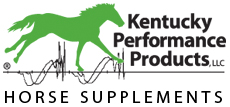
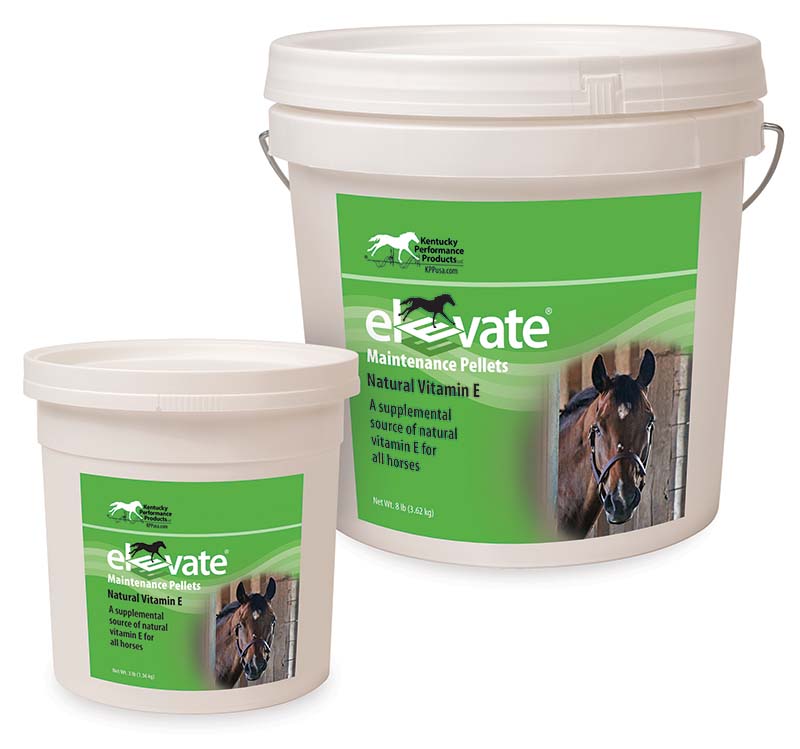



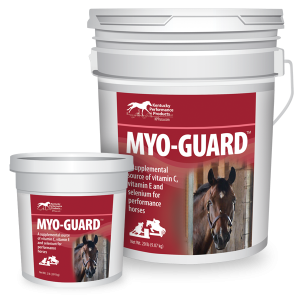
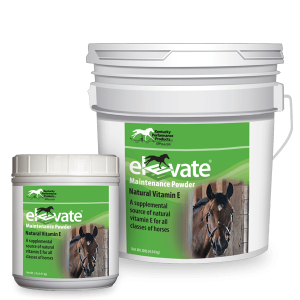
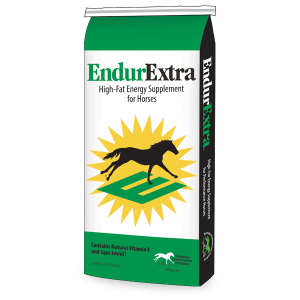

Reviews
There are no customer reviews yet.